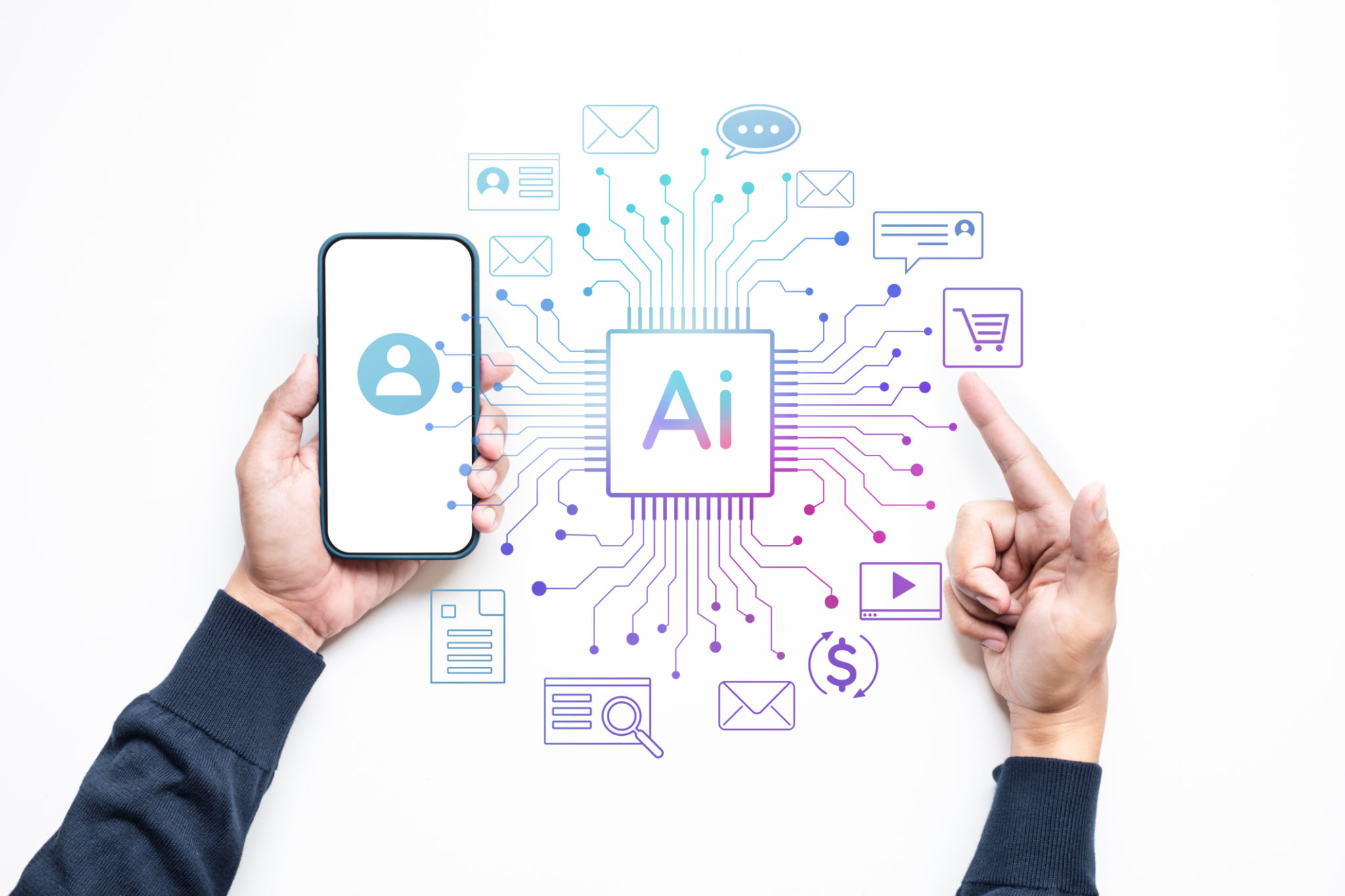The Intersection of AI and UX Design: Transforming User Experiences
Understanding the Role of AI in UX Design
The integration of Artificial Intelligence (AI) in User Experience (UX) design is revolutionizing the way we interact with digital platforms. AI's ability to analyze vast amounts of data and predict user behavior is enhancing how designers create intuitive interfaces and personalized experiences. This synergy between AI and UX is transforming user interactions into more engaging and efficient journeys.
AI technologies, such as machine learning and natural language processing, empower designers to craft experiences that adapt to individual user preferences. By understanding patterns and learning from user interactions, AI can help anticipate needs and deliver tailored content, making digital interactions more relevant and satisfying.

Personalization and Predictive Analytics
One of the most significant impacts of AI on UX design is the ability to personalize user experiences. Through predictive analytics, AI can offer insights into user preferences and behaviors, enabling designers to create more responsive and customized interfaces. This level of personalization not only enhances user satisfaction but also increases engagement and retention rates.
For instance, AI-driven algorithms can recommend products based on previous purchases or browsing history, creating a seamless shopping experience. This predictive capability extends beyond shopping; it can be applied to content recommendations, enhancing the overall user journey across various platforms.

Enhancing Usability with AI
AI plays a crucial role in improving usability by streamlining navigation and simplifying complex tasks. Through voice recognition and chatbots, AI can offer users a more accessible and convenient way to interact with digital products. These technologies allow users to complete tasks quickly, reducing friction and improving overall satisfaction.
Moreover, AI-powered tools can analyze user feedback and behavioral data to identify usability issues. By pinpointing areas that need improvement, designers can make informed decisions to enhance the overall user experience, ensuring that digital platforms remain intuitive and user-friendly.

Challenges and Considerations
Despite the benefits, integrating AI into UX design comes with its challenges. One major consideration is ensuring that AI systems respect user privacy and data security. As AI relies heavily on data, designers must be vigilant in protecting sensitive information and maintaining user trust.
Additionally, it's essential to strike a balance between automation and human touch. While AI can automate many aspects of UX design, maintaining a human-centric approach is crucial in creating experiences that resonate emotionally with users. Designers must ensure that AI complements their creative vision rather than replacing it entirely.
The Future of AI in UX Design
The intersection of AI and UX design holds immense potential for the future. As technology continues to evolve, we can expect even more sophisticated tools that empower designers to create hyper-personalized and adaptive experiences. With advancements in AI, the line between digital and human interaction will continue to blur, leading to more immersive and engaging user experiences.
In conclusion, the collaboration between AI and UX design is a transformative force shaping the future of digital interactions. By leveraging AI's capabilities, designers can craft experiences that are not only functional but also deeply personal and intuitive, setting new benchmarks for what users can expect from technology.

